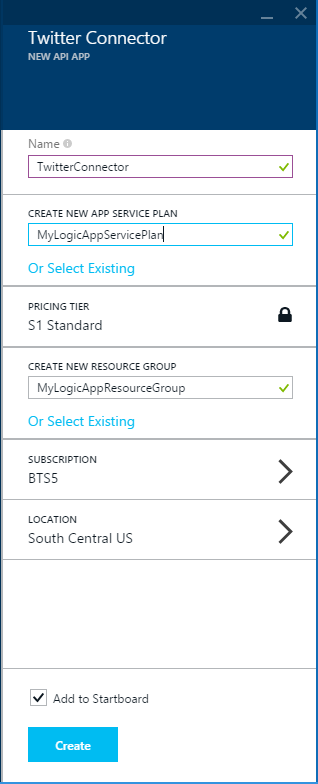Microsoft has been making decisions for some time now that are in line with the company’s slogan “Mobile first, cloud first”. “When we say mobile first, it's not the mobility of the device, it's actually the mobility of the individual experience […] The only way to be able to orchestrate the mobility of these applications and data is through the cloud… that's where the world is going”. The quote is from Satya Nadella, CEO of Microsoft, during an event in November 2014.
Applications, applications, applications; mobile, mobile, mobile; cloud, cloud, cloud. Those are the three magic words that hover around the future of the company regarding the creation of software and its relationship with the developer community. As an ode to that strategy, Microsoft announced in March the launch of Azure App Service, designed for developing web and mobile apps, for any platform and device.
The idea behind this new solution is to help companies simplify the development of applications, automating business processes and improving security and scalability. From now on, IT teams will find everything they need in the new Azure App Service, which integrates services like Azure Websites and Azure Mobile Services.

A perfect kit for developing webs and applications
Microsoft's idea with this release is to provide developers with all the tools and services they need to create:
– Web apps: his service integrates the old Azure Websites. It provides developers with the tools they need to create web applications in most frameworks and programming languages: .NET, Java, PHP or Python. It is also working on its integration with the most popular collective software development online services, such as Visual Studio Online, GitHub or Bitbucket.
The tool is scalable, it can manage traffic geographically, include multiple Server Name Indication for each IP (this allows, for example, the existence of multiple secure HTTPs websites with different certificates) and also generates automatic backups.

– Mobile apps: This service provides backend development capabilities for Windows, iOS and Android operating systems. In addition, it also offers tools for multiplatform environments like Xamarin, which allows to develop applications in C#, and Apache Cordova, for the development of applications in HTML, CSS and JavaScript.
Facilitating the development of applications is a strategy that keeps in line with Microsoft’s ever-present goal of helping to generate business, especially since mobile apps allow companies to attract consumers with push notifications (used to launch promotions) or facilitate data storage in the cloud.
– Logic apps: This service allows developers to automate process execution. For example, imagine that a company wants to activate a logical application that detects what a user says on Twitter about its products or services, or connect its CRM with the solutions of its marketing department. With Azure App Service it is possible to automate such processes easily.
Here are two tutorials to develop logic applications that connect processes with social networks like Twitter o
Facebook.


This capability enables solutions for payment processing, supply chain management, B2B interactions, generating reports and facilitate decision making.
– API apps: the idea of this service is that application developers can choose from a library of existing APIs or create their own APIs for private or public use. The use of these APIs is integrated with business management systems like Salesforce, Zendesk or Microsoft Dynamics CRM Online.
In this case, developers can use programming languages like ASP.Net, Java, PHP, Node.js or Python for their API apps.
Why is Microsoft launching this integrated service?
With the launch of Azure App Service, Microsoft takes a giant leap in the development of websites and applications in the cloud. Its two strongest rivals, Amazon Mobile SDK and Google’s Firebase, don’t offer such a wide array of services: Amazon Mobile SDK is more complete, but more complex; while Google's Firebase is simple, but with fewer capabilities.
Amazon Mobile SDK has all the functions that an apps developer may need:
– It has cloud storage, with Amazon S3.
– Capacity to store user data locally in devices, with Amazon Cognito.
– Push notifications, with Amazon SNS.
– A NoSQL database service, with Amazon DynamoDB.
– Data transmission, with Amazon Kinesis.
– KPI analysis, with Amazon Mobile Analytics.
However, its use and learning curve is not particularly low. Compared to Amazon, the features offered by Azure App Service can be a great advantage.
To compete with Amazon and Microsoft, Google acquired in October 2014 Firebase, a company dedicated to store and synch data in real time for web and mobile applications.
At that time, Firebase had a community of 110,000 registered developers, which was a tempting bite for the search giant. Today we can say it is a fast tool with a simple API, but it can’t compete with Microsoft in business integration processes, one of the key elements in cloud-based development.
BBVA – Follow us at @BBVAAPIMarket















